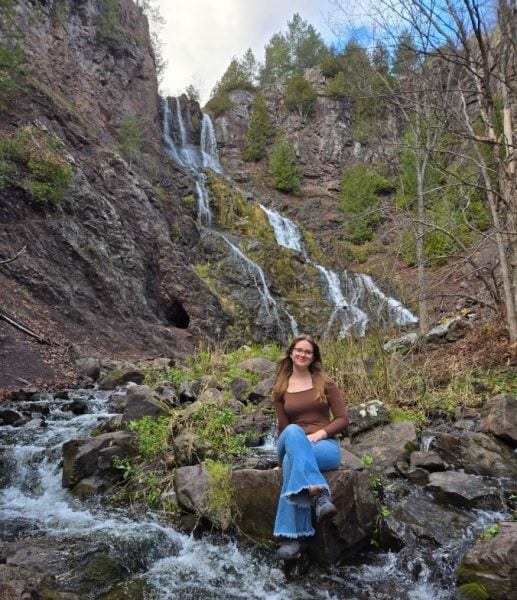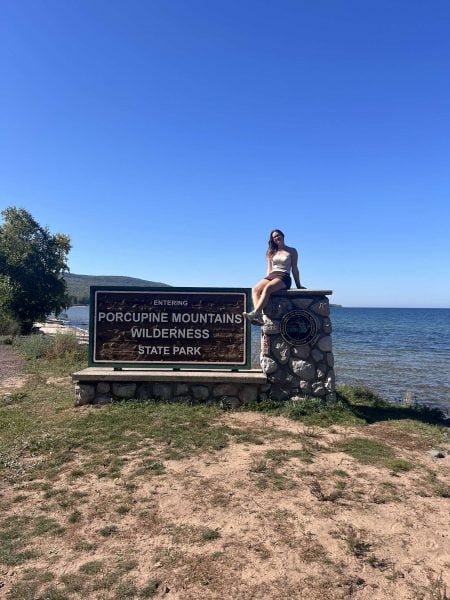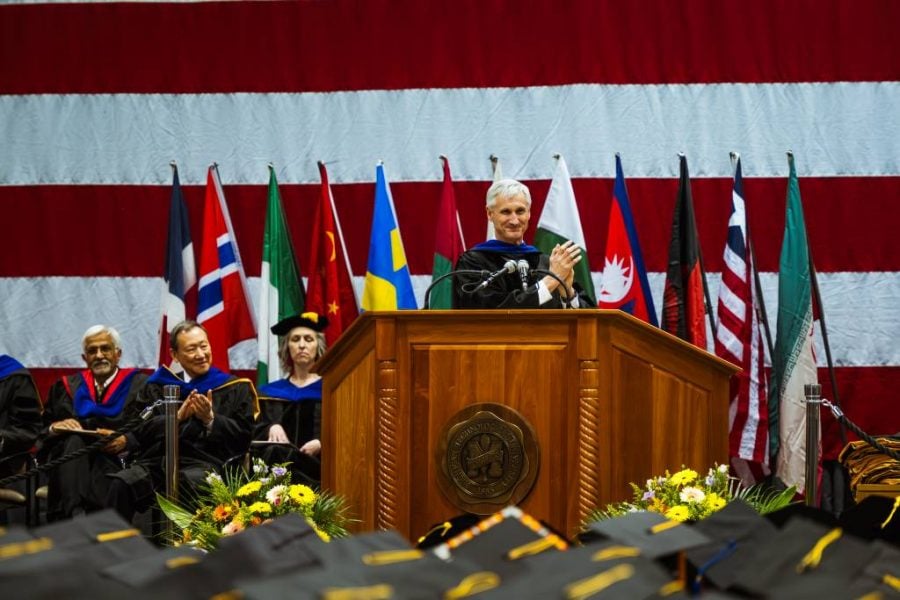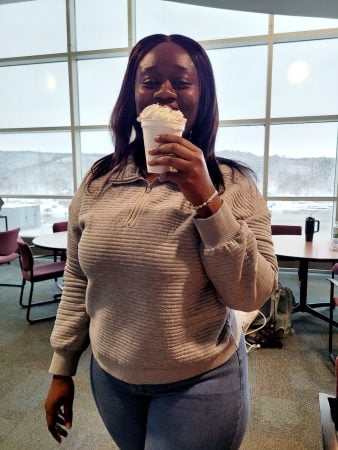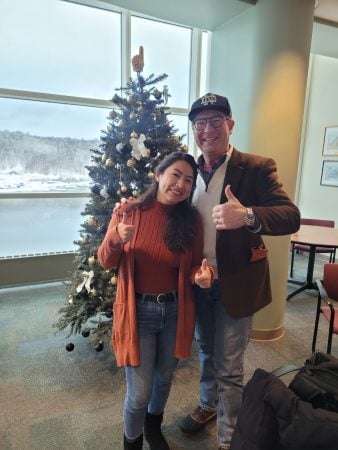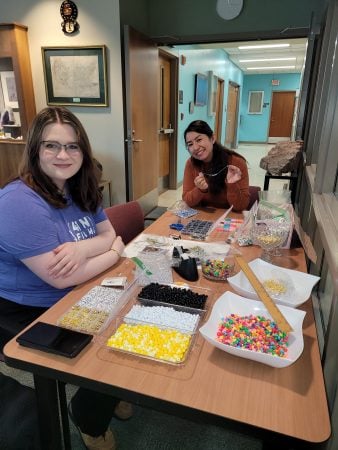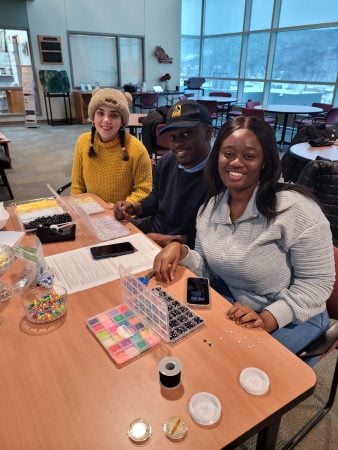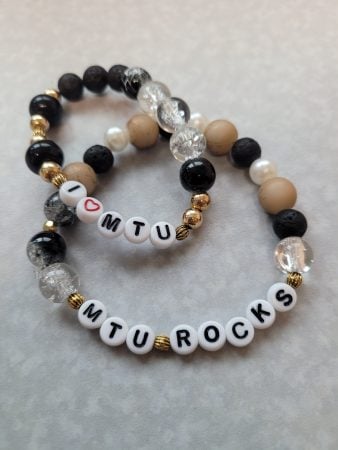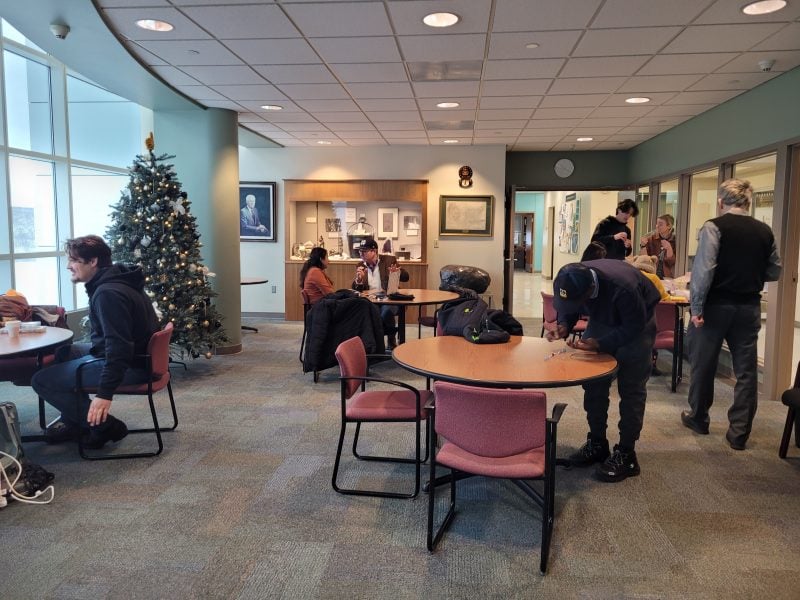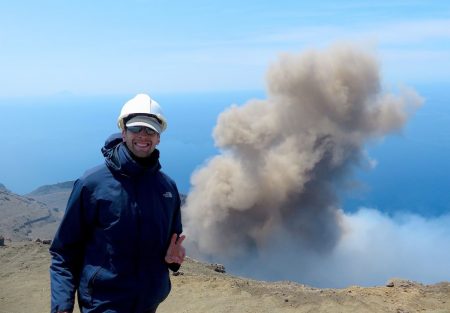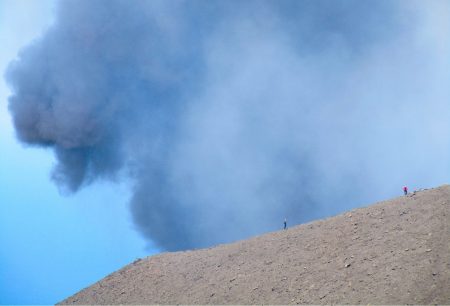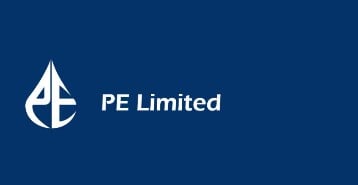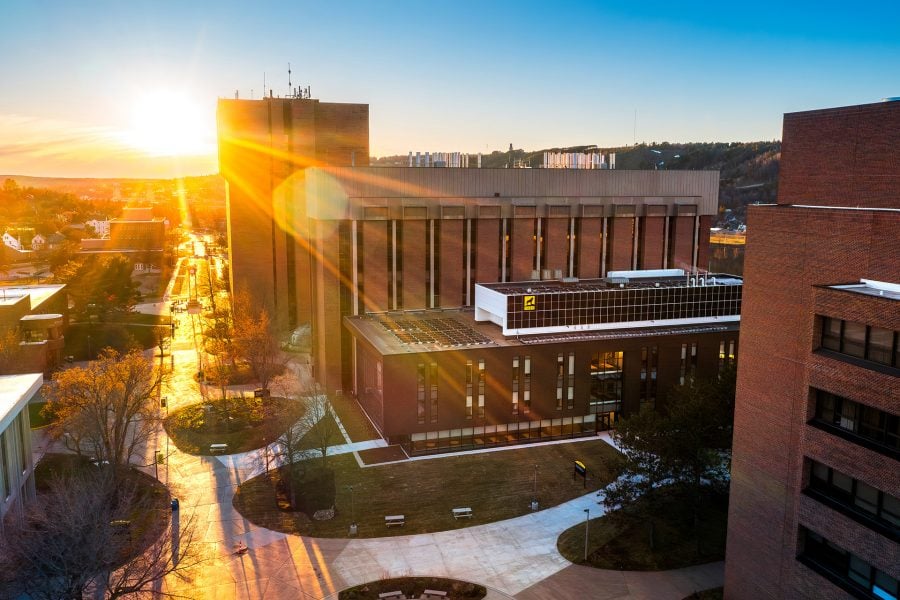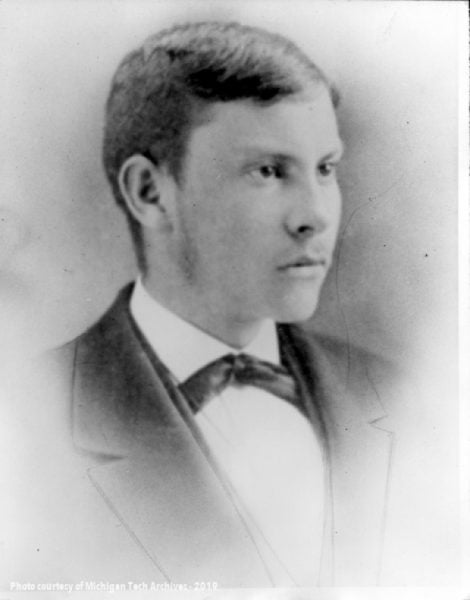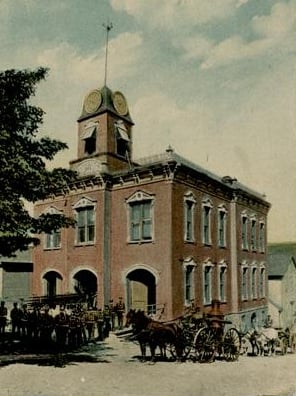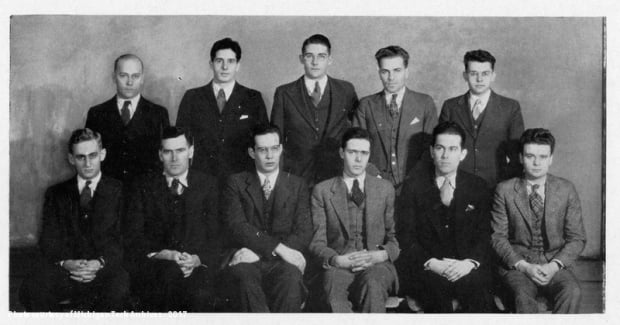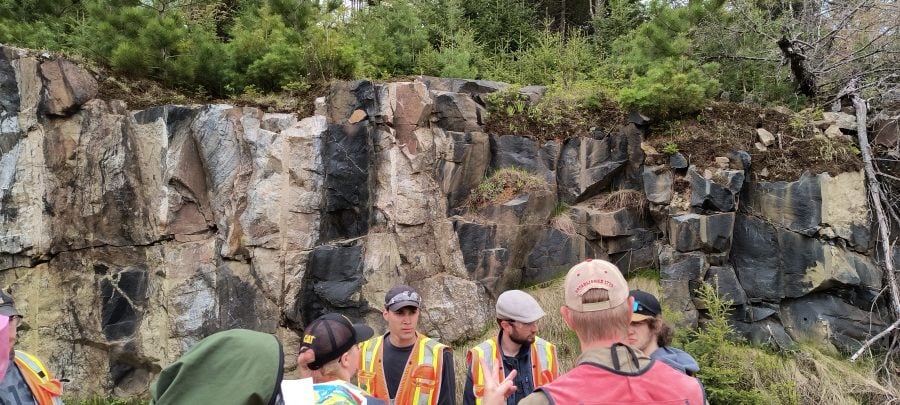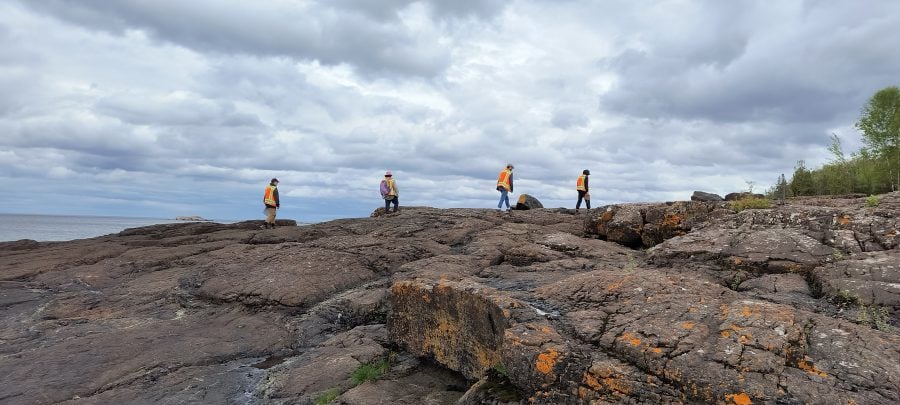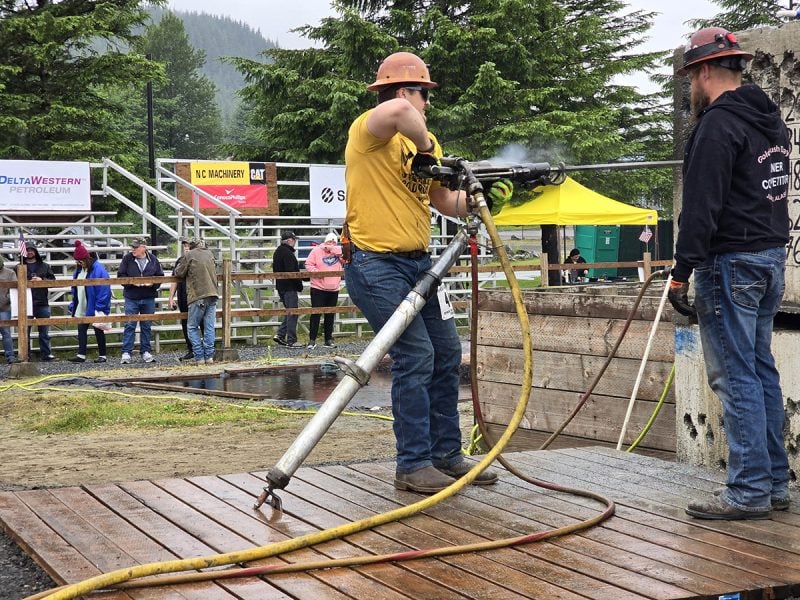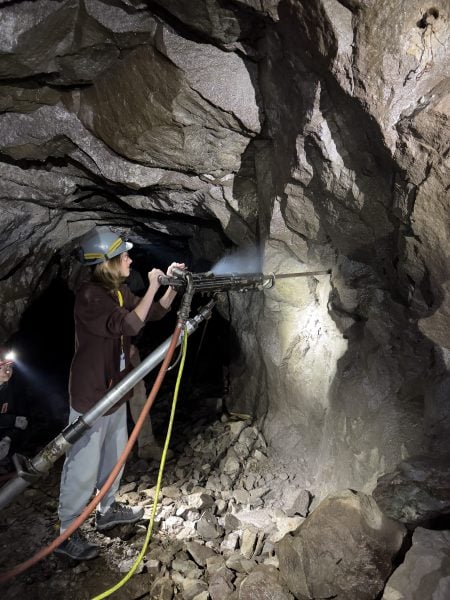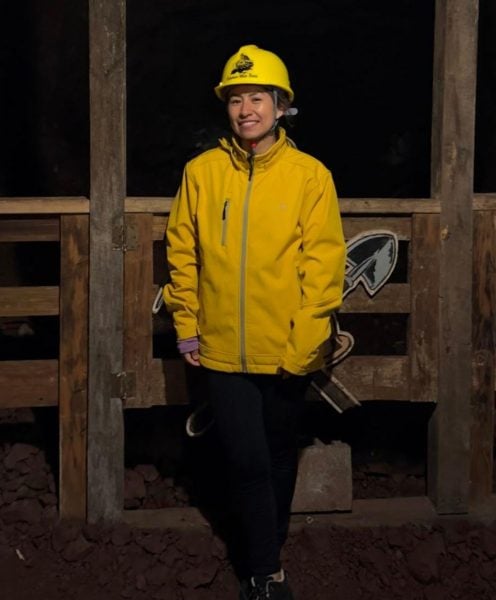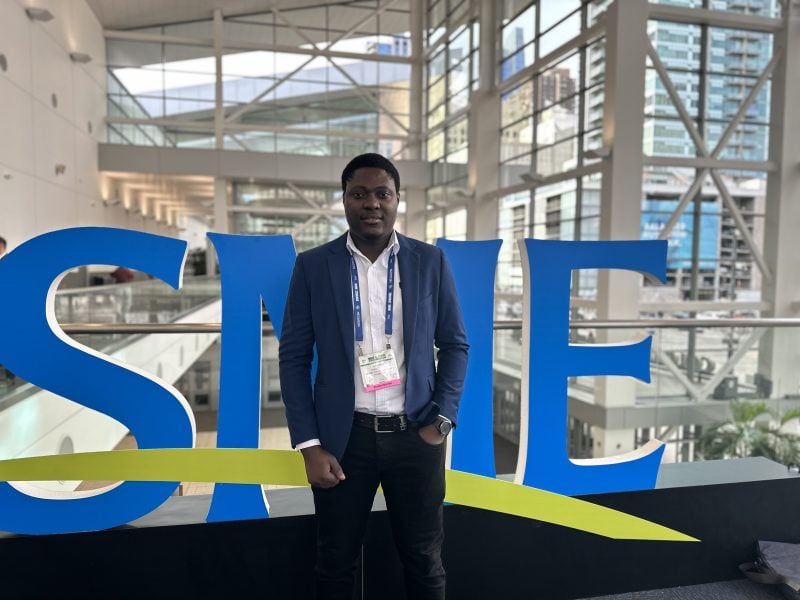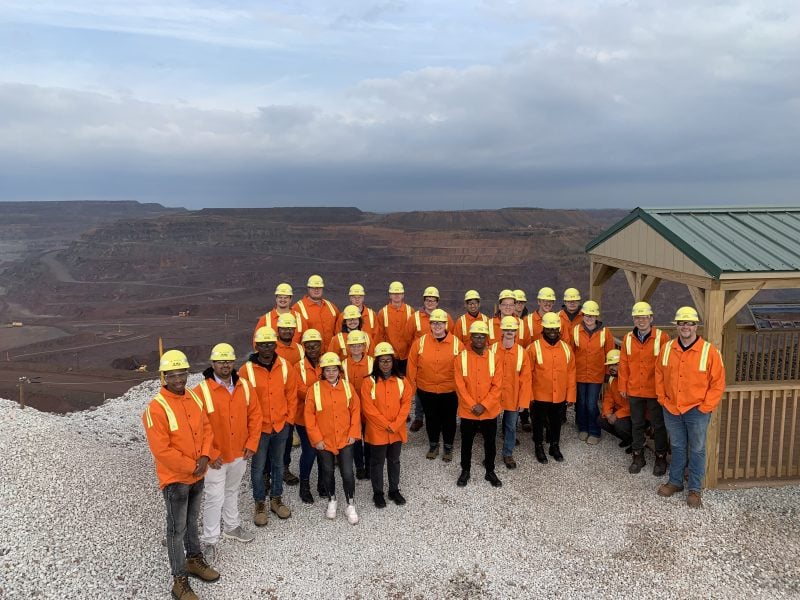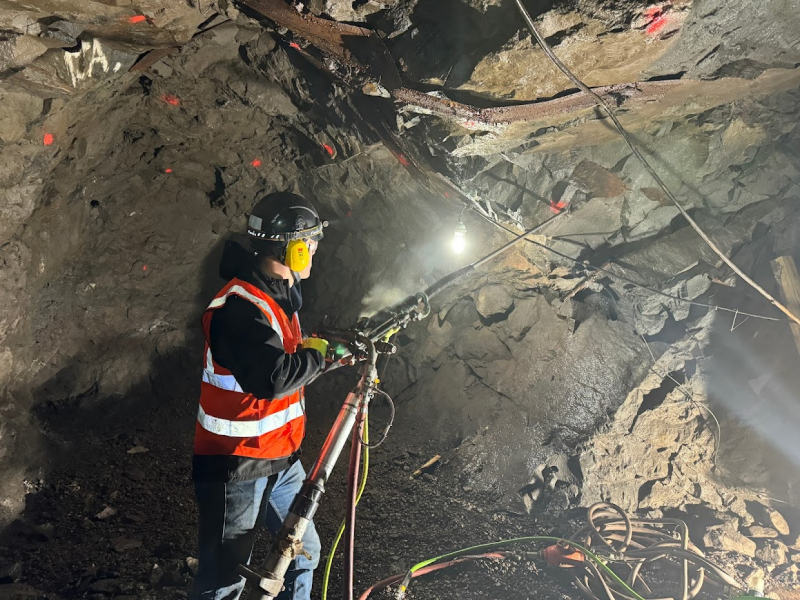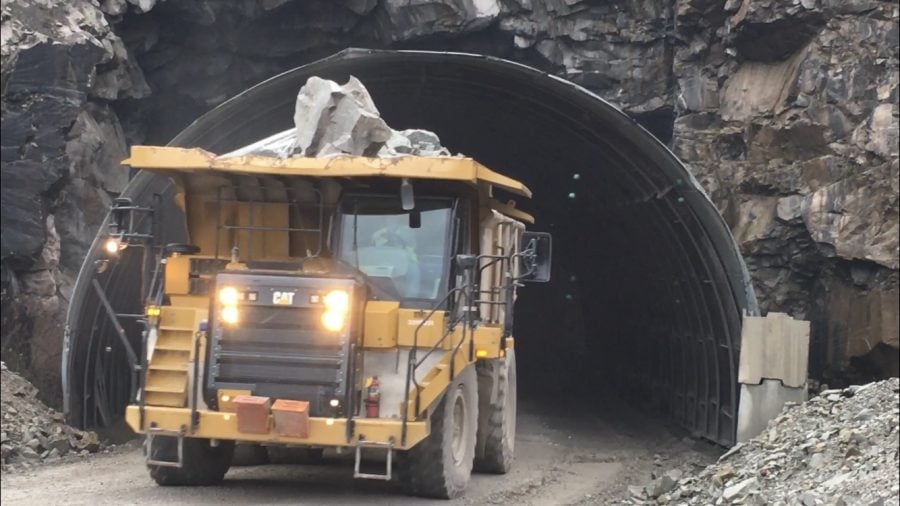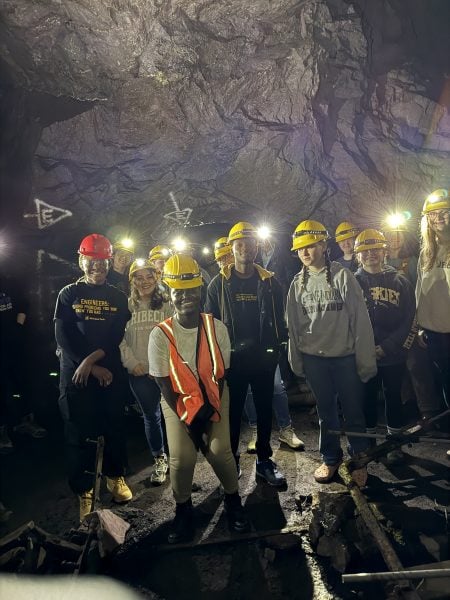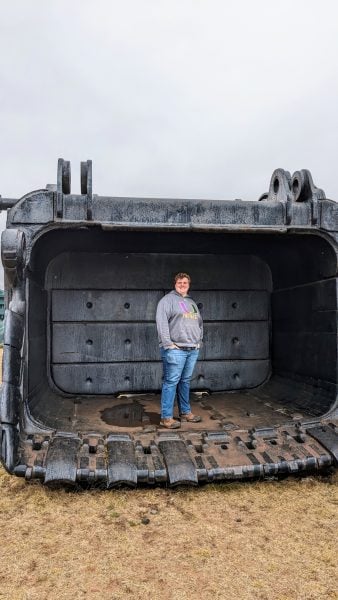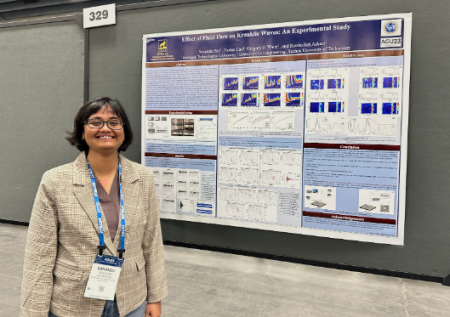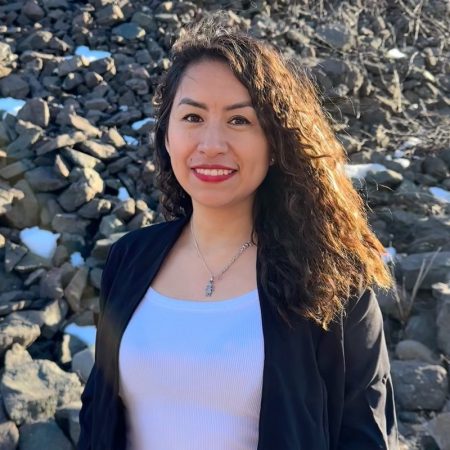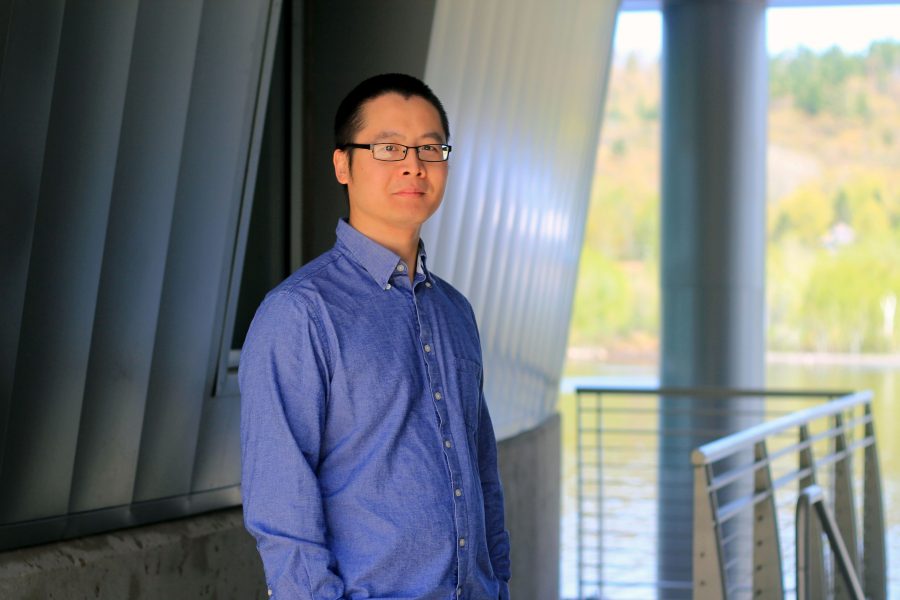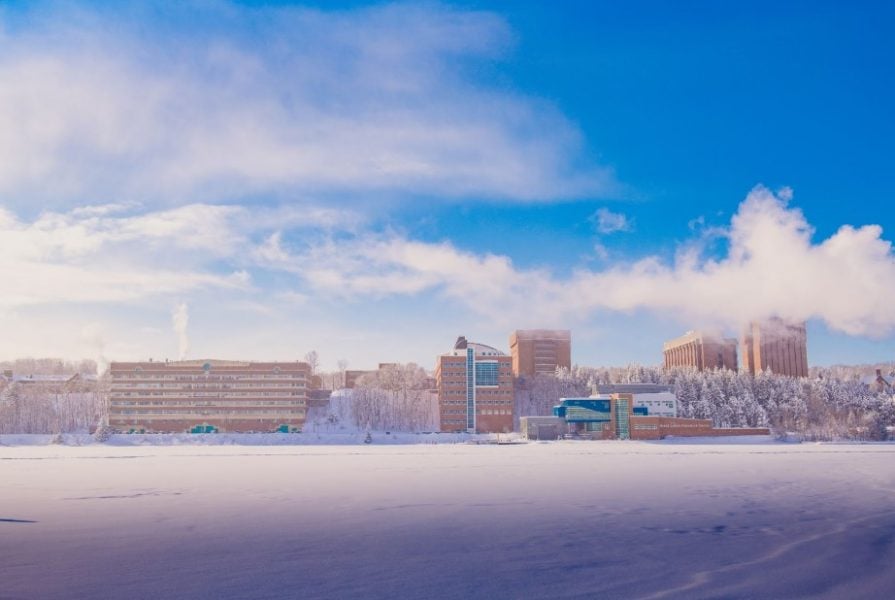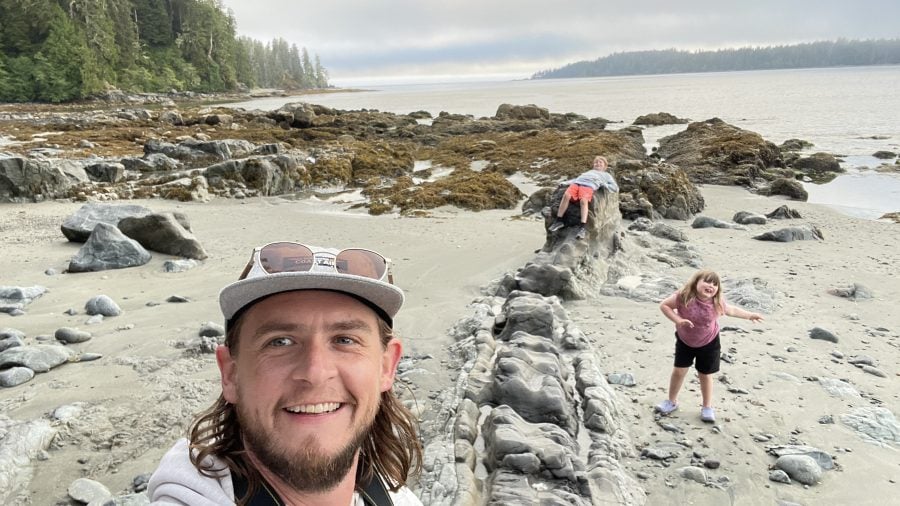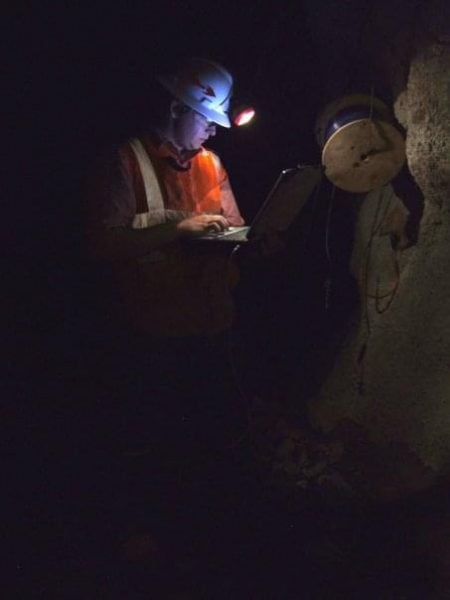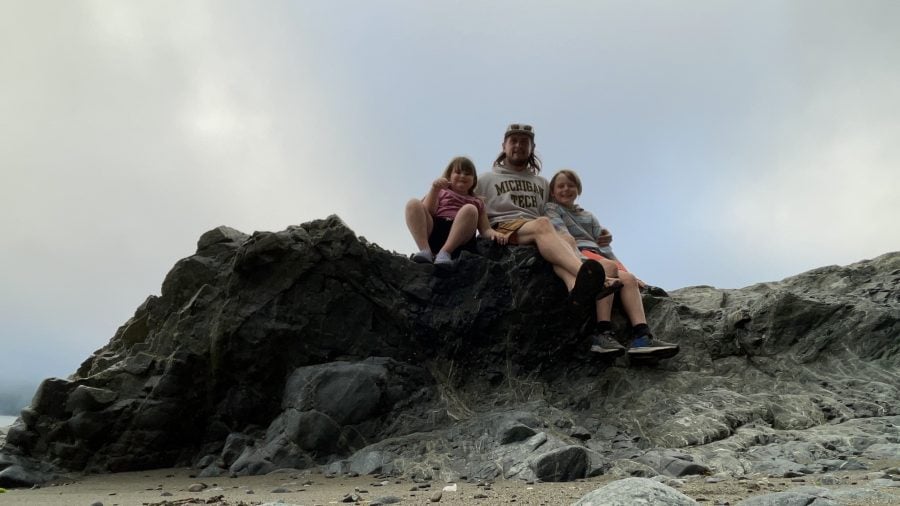Meet Miah: A Passion for Geosciences and the Outdoors at Michigan Tech
This fall, GMES welcomed a new member to the department: Miah Mol, an undergraduate student from Hudsonville, Michigan, pursuing a degree in geology and applied geophysics with plans to graduate in 2028. Discover how taking High School Advanced Geology (HSAG) in high school prepared Miah for success in geology at Michigan Tech. Her Q&A highlights the beauty of the campus, the GMES department’s excellence, and the opportunities available to proactive students.
Q: How did HSAG impact your decision to study geosciences or engineering?
A: Taking HSAG in high school solidified my want to study geosciences in college and made me 10 times more excited for my future in geology!
Q: Why did you choose Michigan Technological University?
A: The location is absolutely gorgeous, and there is so much to do outdoors, no matter the weather. The GMES department is also top-notch compared to most other universities.
Q: How did HSAG help you succeed at MTU?
A: Taking HSAG allowed me to advance into higher-level GMES classes during my first year, putting me a year ahead of most other GMES majors.
Q: What is the best advice to give a current HSAG student?
A: Work hard to succeed in your HSAG class and get college credit. It is 100% worth it!
Q: What do you like best about the Department of Geological and Mining Engineering and Sciences at Michigan Tech?
A: What I love most about the GMES department is the abundant research opportunities.
Q: What’s a standout story or lesson you’ve gained during your journey with GMES?
A: In the GMES department, I have learned that if you know what you want, you can ask for it, and GMES can make it happen; you just need to take the first step!
